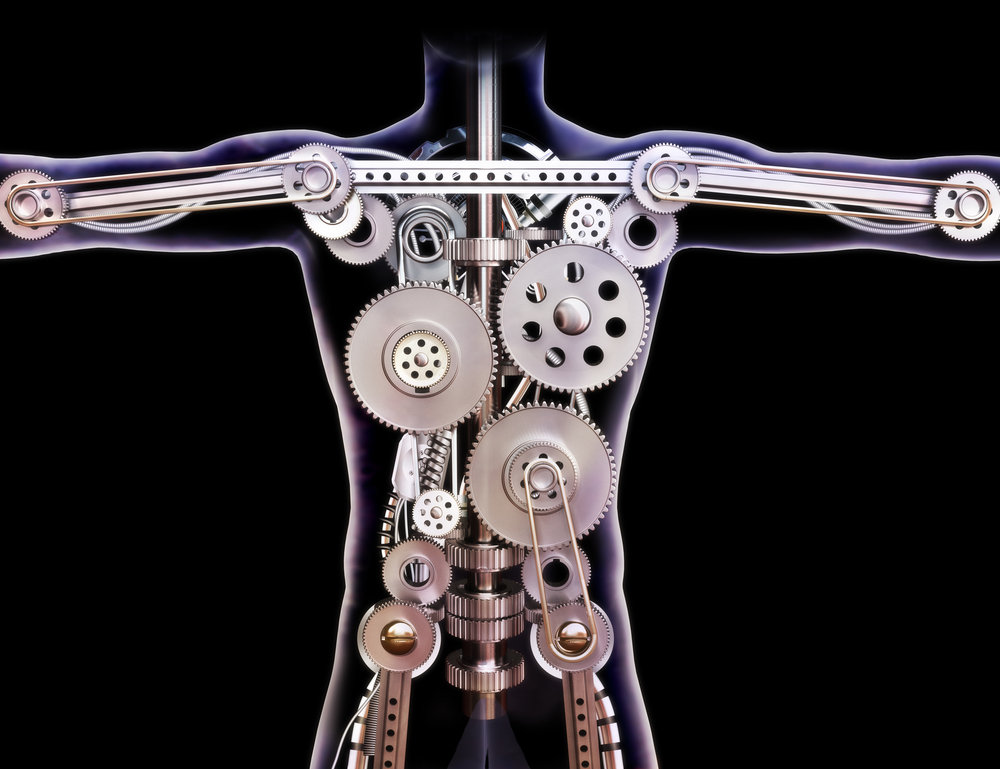
A success in commercialising this technology will mean New Zealand will have a crack at the human medical imaging market, estimated at US$27.4 billion and growing at an annual rate of 4.4%.
The $12-million, to be dispersed to the University of Canterbury and the University of Otago (60:40 respectively) over six years, will focus on applications for heart disease and monitoring joint and bone implants. The machine will also open up new vistas for cancer researchers and drug developers.
Associate professor at the University of Canterbury, Anthony Butler, and his development team have to, however, overcome a few hurdles in transforming a machine thus far built for laboratory rats into one suited for human scanning.
“You think of a mouse that’s what, 30 or 40 grams, when a human is a hundred kilograms, so there’s a huge difference in datasets,” Butler says.

“So there’s a hell of a lot of engineering problems to solve. There’s some interesting maths that we have to do.”
He says a lot of thought goes in to how to best display the data so radiologists can interact with it and get as much out of it as they can.
To do this, Butler, who has studied physics, engineering and radiology, is working with the mathematics, physics and electrical engineering departments at Canterbury University, with radiologists and other medical specialists at the University of Otago, and with local Christchurch firms to develop components of the scanner.
Challenge of scales
Over the last 6 years, the university has been making small animal colour scanners that can measure the tissue in mice, rats and surgical specimens.
These have been developed in collaboration with CERN (European Council for Nuclear Research) and have attracted a lot of international interest and recognition, as they were the first colour x-ray scanners commercially available.
Capturing “colours” of bone, tissue
Unlike normal black and white x-ray scanners, the colour scanner will measure the energy of each x-ray proton one at a time. As there are billions of these protons per second, he says the electronics have to go very fast.
“Normal x-ray machines don’t measure that kind of information, what they do is measure is the total amount of x-rays.
“That’s like black and white film – where they’ve measured the total amount of light that has got into your camera – whereas we measure the x-ray colour or the x-ray spectrum and that allows us to tell new information about the object.”
Normal x-rays only pick up physical structural changes, but the new colour x-ray will be able to identify bone, tissue and pharmaceuticals as distinct objects extending diagnostic and treatment possibilities.

The grant will be allocated over six years, by which time the scanner will be conducting full colour x-rays of human beings.
Butler predicts that in 15 years the x-ray scanner will play a big role in pharmaceutical development.
The ability to see pharmaceuticals in the body means medical professionals will be able to follow treatments through a patient’s system and measure their effects.
“The hope is that you can see the effects on the tissue.
“It opens the door to a whole new type of drug which has got a whole lot of our international collaborators excited.”
Butler says the standard is for a third of a grant to be spent on equipment, a third on salaries and a third on infrastructure.
The University of Otago’s medical school in Christchurch will conduct clinical trials to prove that the colour CT scanner is useful, and will ultimately host the machine.
Innovation ladder
Before it makes it to human testing, the scanner will be used on sheep to be provided by Lincoln University in conjunction with research taking place there.
Butler says the development of the scanner will not only provide health benefits, cutting-edge medical training and key international links, but will also create a high-tech workforce by training approximately 30 PhD students.
“We get to be the first people and so that’s exciting.”
“If you build your own, you get to be the leader in the world and you get to see things other people can’t.”
Despite the conception that New Zealand is lacking in innovation, Butler says this project shows that that is not entirely true.
“We’re very good at multidisciplinary innovation.
“What we tend to do is have a few specialists in each field and so they’re forced to work with different specialists.
“In New Zealand we can bring together mathematicians, physicists, radiologists, pathologists, surgeons the whole shebang and it’s all quite natural.
“I think that comes from that fact that we’re quite small and isolated.”
The six-year development timeline is a conservative one, Butler says, and he hopes to be testing the technology on humans within three to four years.
Once the scanner has been developed, he says it is highly likely it will become commercialised, and electronic and software components will be sold to other CT manufacturers worldwide.




